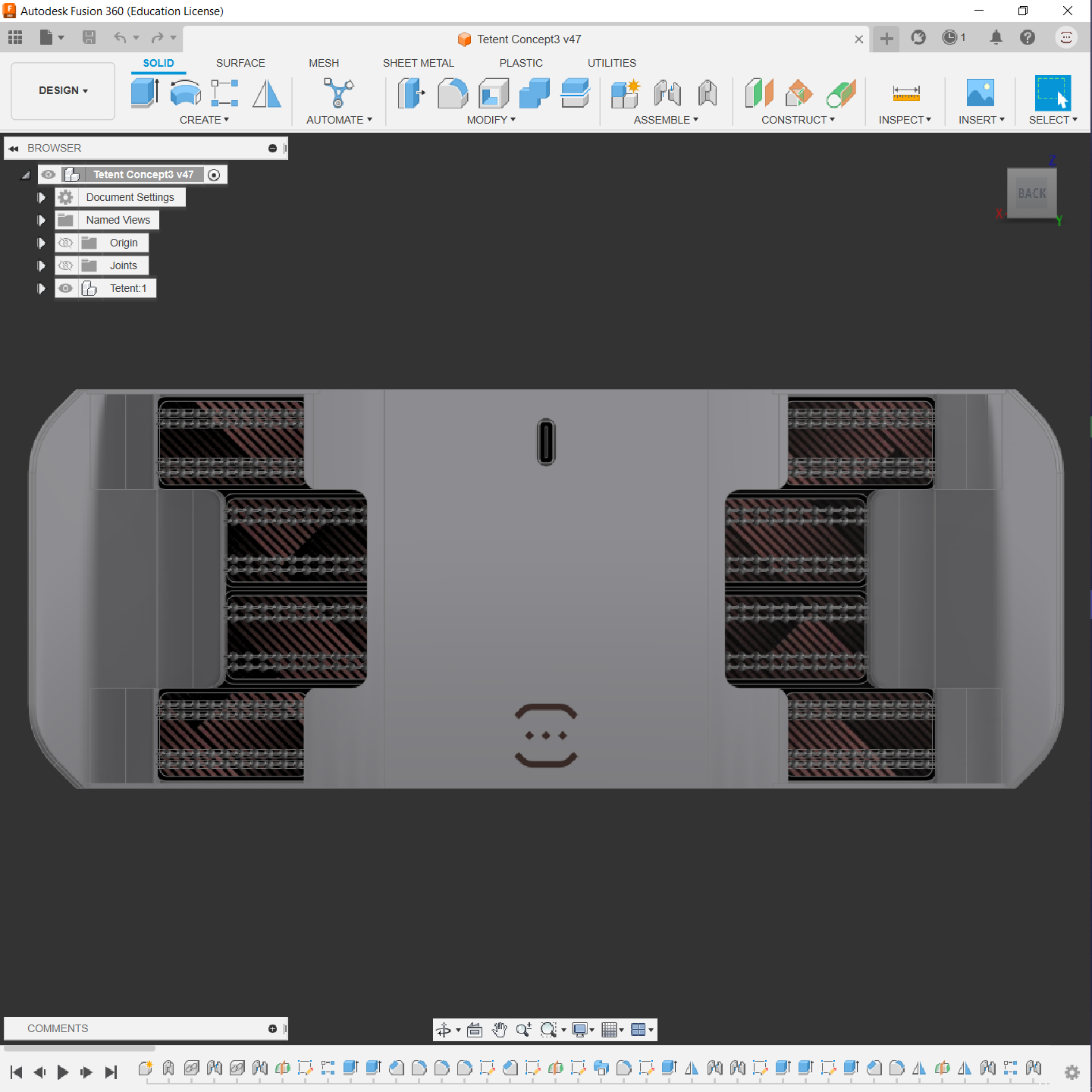
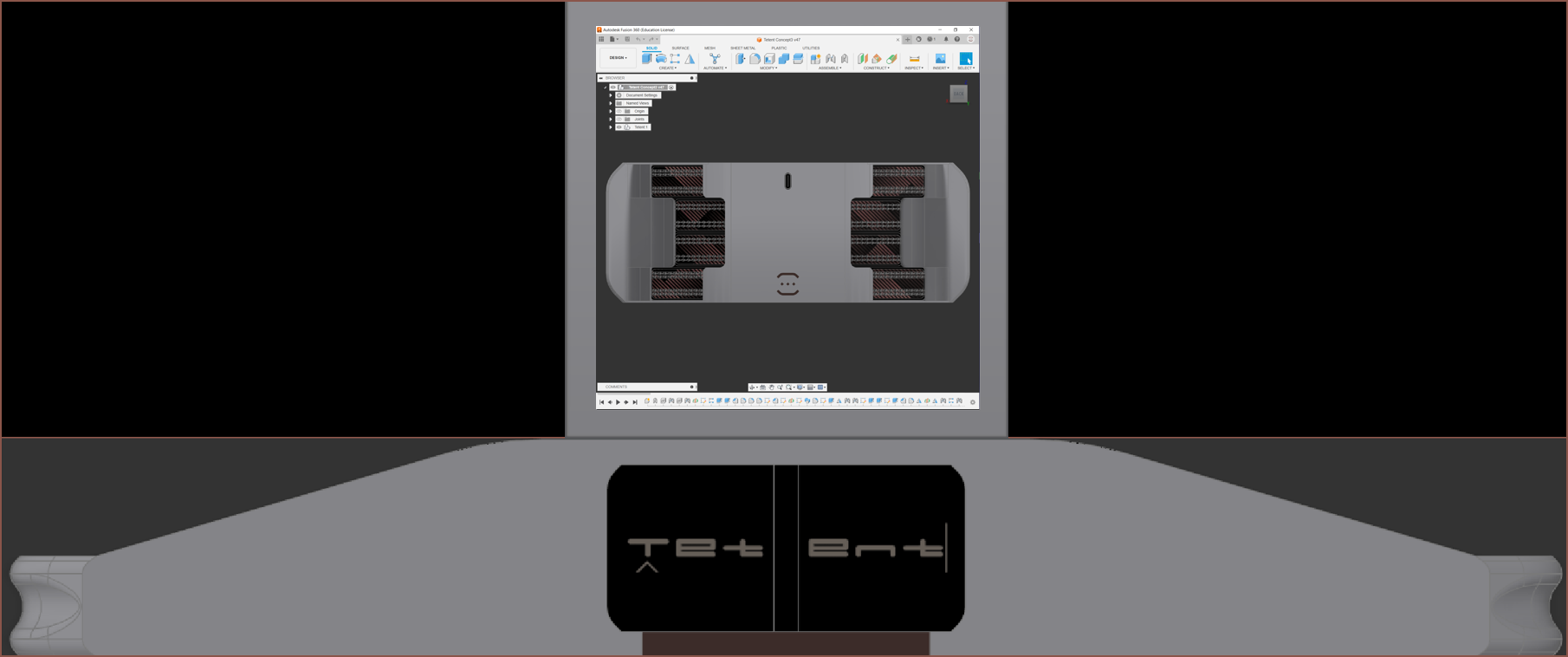
I've got about 60 x 65mm of otherwise empty surface area on the back, and I know about the 2.9" 120Hz 1440*1440px screens that are like £17 on AliExpress (driver sold seperately). I also know that a cheap, small (ie sub 10") USBC monitor is hard to come by, with most being 13.3" / 15.6".
At 120 pixels per degree (PPD), the same as Teti's 4K portable monitors from 62cm away, this 1440px screen would be 25cm away from my eyes, which just so happens to also be the ergonomic default position for my arms if held to face my face. However, that distance increases to 50cm if my arms are resting on my lap.
The screen brightness would be fine for indoor and low-light usage, but is unlikely to be outdoor visible. There's no plug sockets outside for Teti either though.
Anyway, the idea is to have the screen on a hinge and then USBC video on over the feed, which is exactly the same amount of pixels as 120Hz 1080p FHD. This is likely to be an extension project after I've got a basic Tetent that works.
I've been using Teti with a custom 1440*1440px resolution and no scaling for a handful of hours now, and it's actually quite usable, even at my usual viewing distance of around 68cm. The only main change was to set the taskbar to auto hide.
The peak bandwidth is 6.3Gbit, so I should only be limited by the time it takes to create a driver PCB and not the accessiblity of chips and/or their datasheets. Alternatively, and perhaps more ideally, there's support for 1080p 120Hz over USB 3.0; I know that the cheaper Windows devices especially usually have USB 3.0 these days but don't have video through USBC, and I doubt anyone would be gaming (anything intensive) on a 2.9" 1:1 aspect ratio screen. Hopefully, there's 12mbit of bandwidth spared for actually communicating with Tetent.
I'm also looking into seeing what remote desktop solutions are out there, mainly looking for a 120Hz capable solution and mainly because Me In The Past decided that USBC video out was a feature I could skip when buying my Realme Q3 Pro. I don't think the bandwidth would allow for such a solution though.
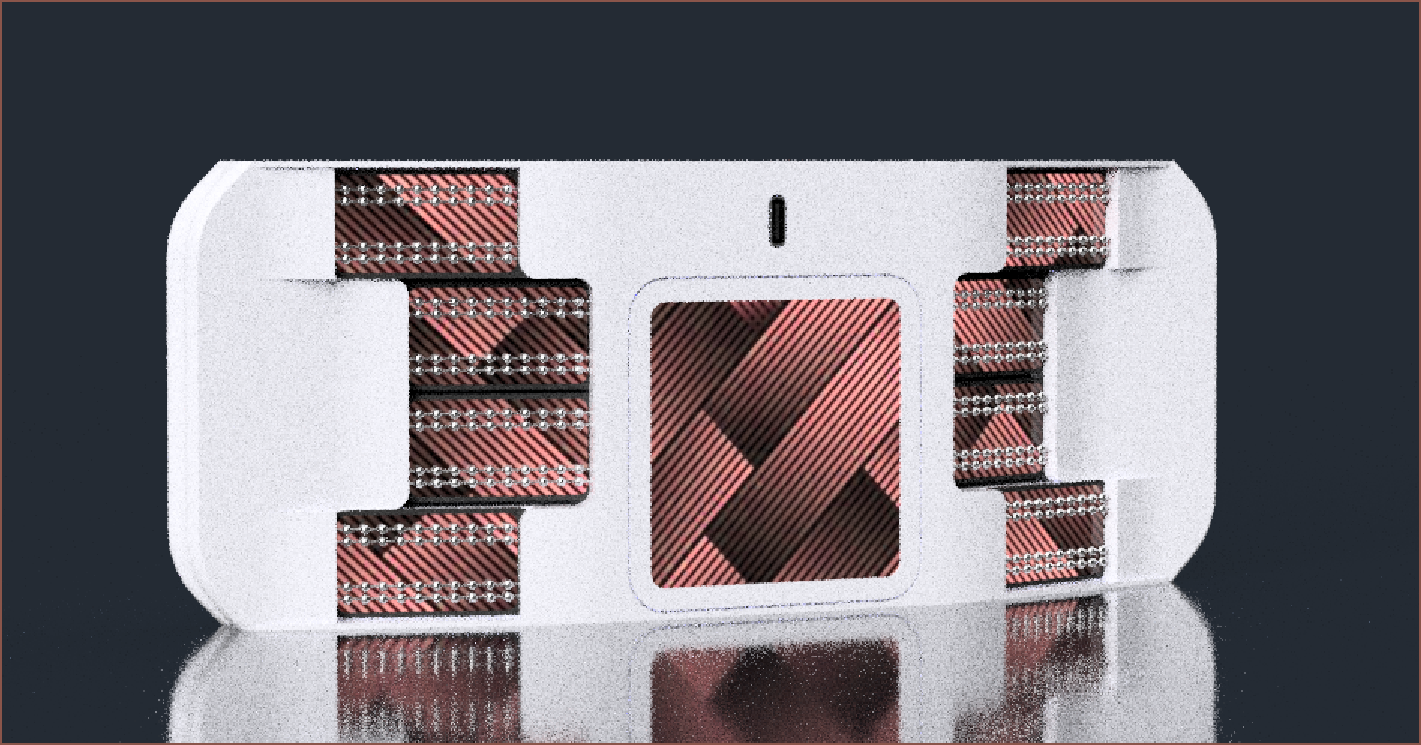
The rear now starts to look cluttered. The rounded corners make me think of the iPads, but not a fan of them when looking at them for more than a few minutes, instead preferring sharp ones:
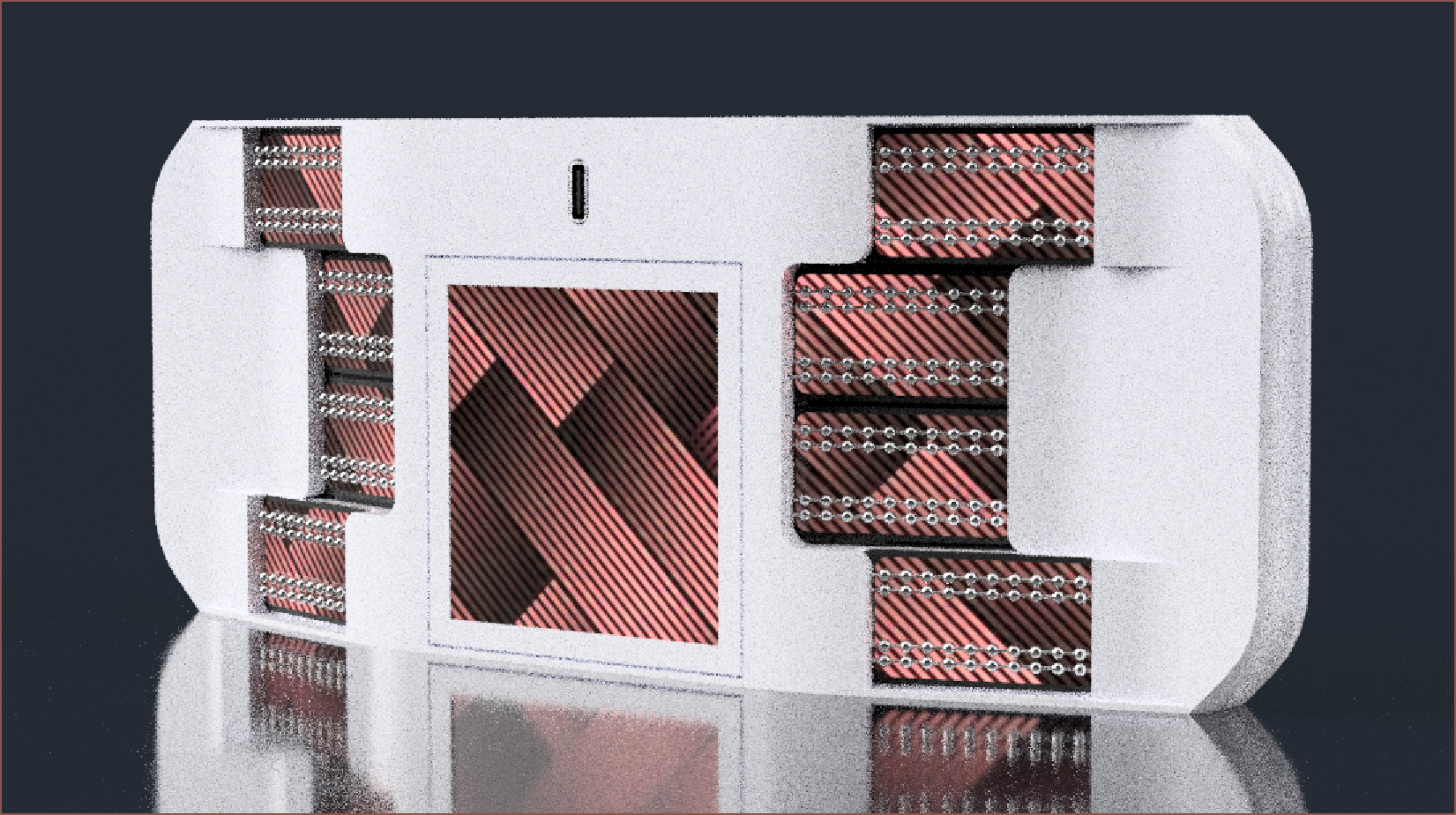
There's also likely to be some... geometric challenges when it comes to folding it out:
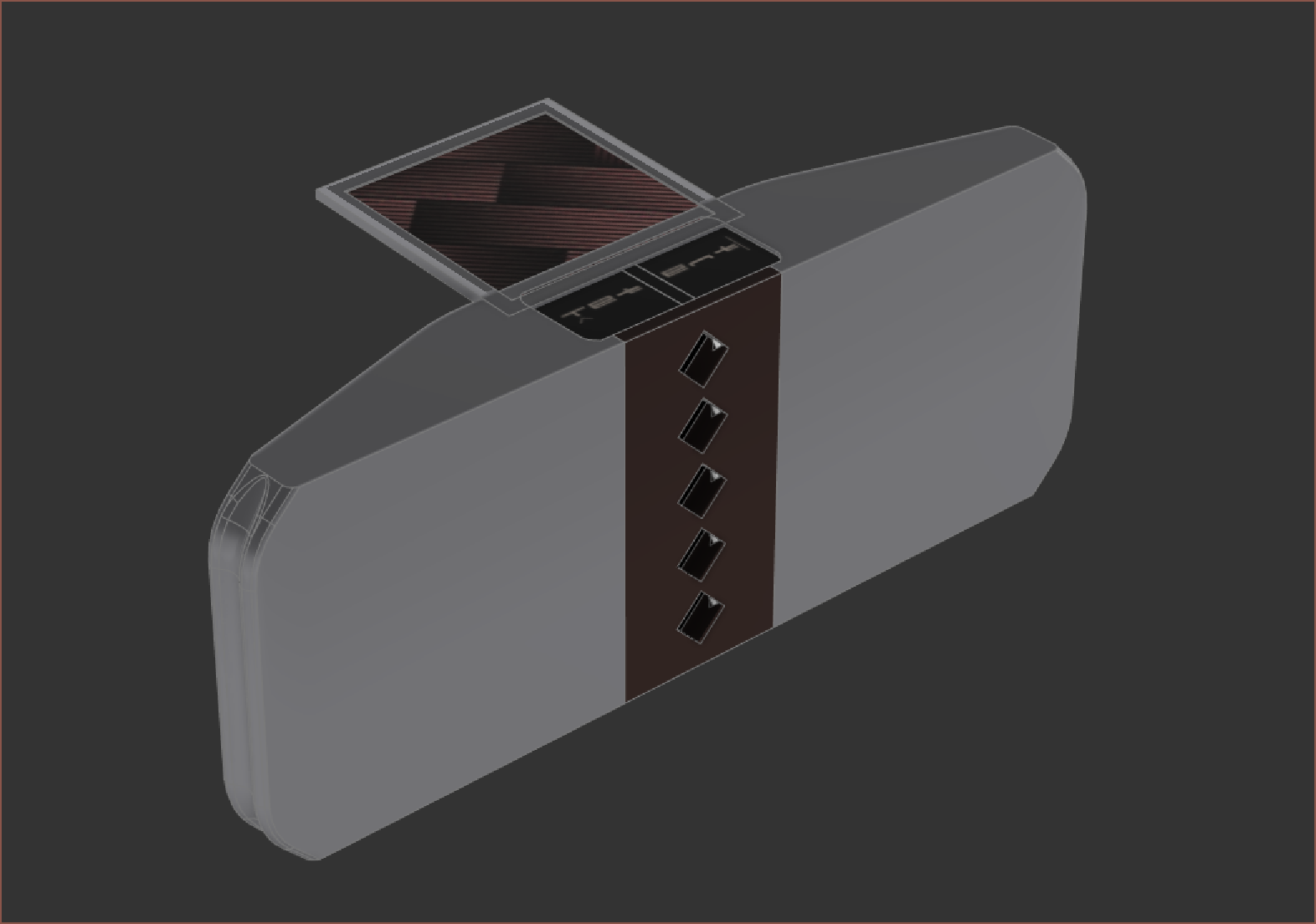
[The Next Day] I'm going through with it, mainly for a subproject of fun inside a project for survival. (Tetent is my way out of an "All Routes Lead To Doom" situation.)
I've scanned Panelook and the LS029B3SX04 is indeed the best choice. The cool thing about this one which isn't seemingly supported by the 1-year-older LS029B3SX02 is that the duty cycle is designed to be under 100%. To balance maximum brightness while cutting down motion blur, I'm planning to have a duty of 50%. This is similar to the Sharp "240Hz" smartphone strategy, which actually just blackens the display every other frame.
It turns out that the full datasheet for the TC358870XBG is over 300 pages, which is the chip I'm planning to use since any SBC I could potentially use as a remote desktop client (RPI 0, CB1) only outputs HDMI, as well as the fact that there is HDMI USBC-alt mode. I never found the TC358860XBG (eDP to MIPI) datasheet of such a size, meaning that my custom display driving PCB options may have actually been limited to 7.2Gbps this entire time. I'm planning to use a HDMI switch to toggle between the thin client and USBC video, hopefully for 60Hz video wirelessly and 120Hz low persistence when plugged in.
The Toshiba chip is programmed though I2C, so I can use the Tetrinsics ESP32-S3 MINI for that without much issue. The PCB that drives the screen is also likely to be responsible for battery charging + power delivery (since I'm finding it hard to find a 15W li-ion charger with USB-breakout) and for the speaker DAC (since space is getting quite tight).
I'm also planning to use gestures to switch desktops, similar to what I thought up for #T^2 TyMist [gd0138].
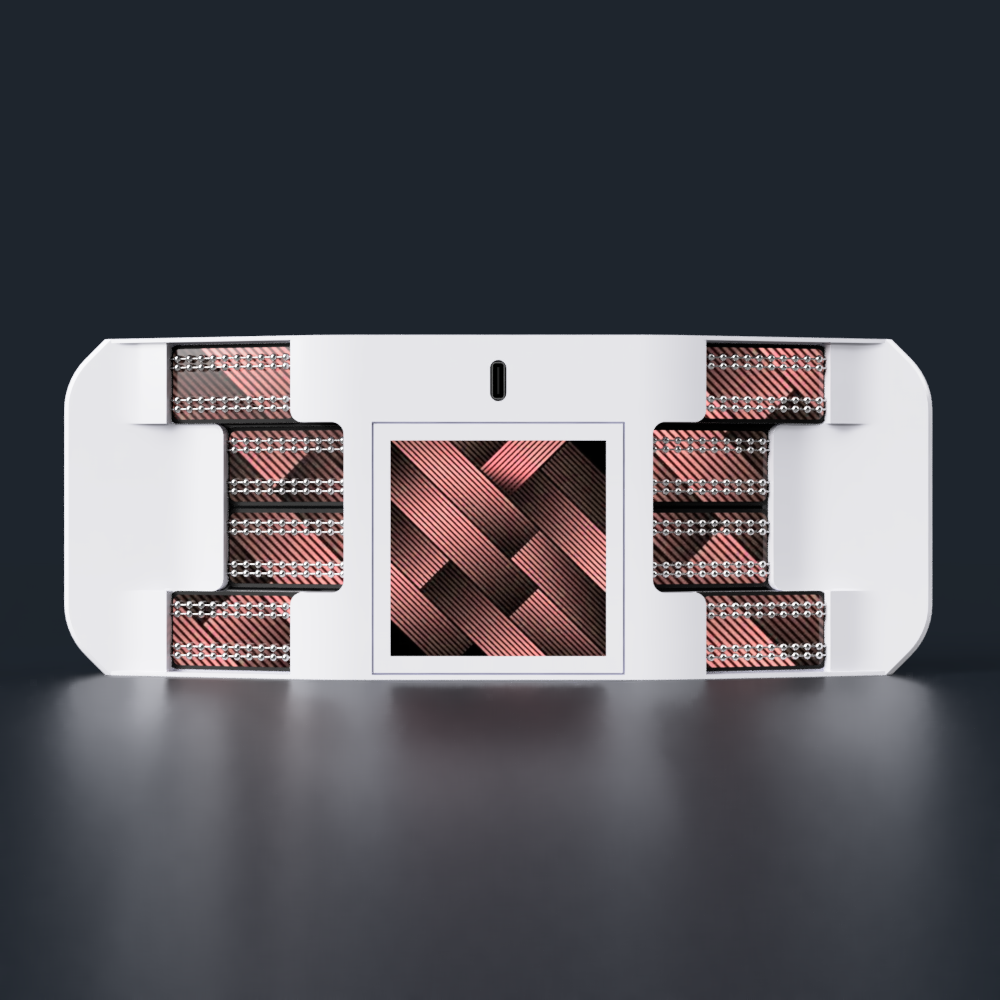
More useful, but will never look as good as the non-1440px display design, especially when all screens are turned off.
 kelvinA
kelvinA
Discussions
Become a Hackaday.io Member
Create an account to leave a comment. Already have an account? Log In.